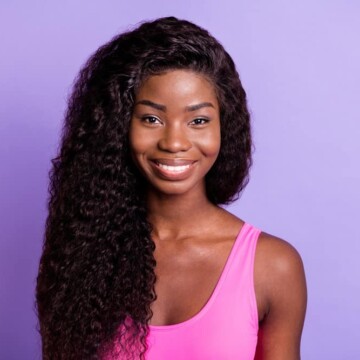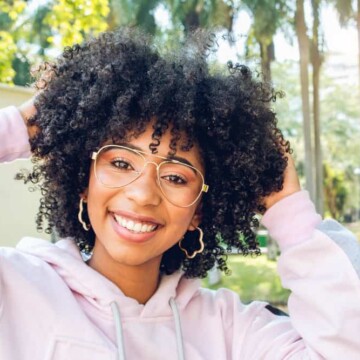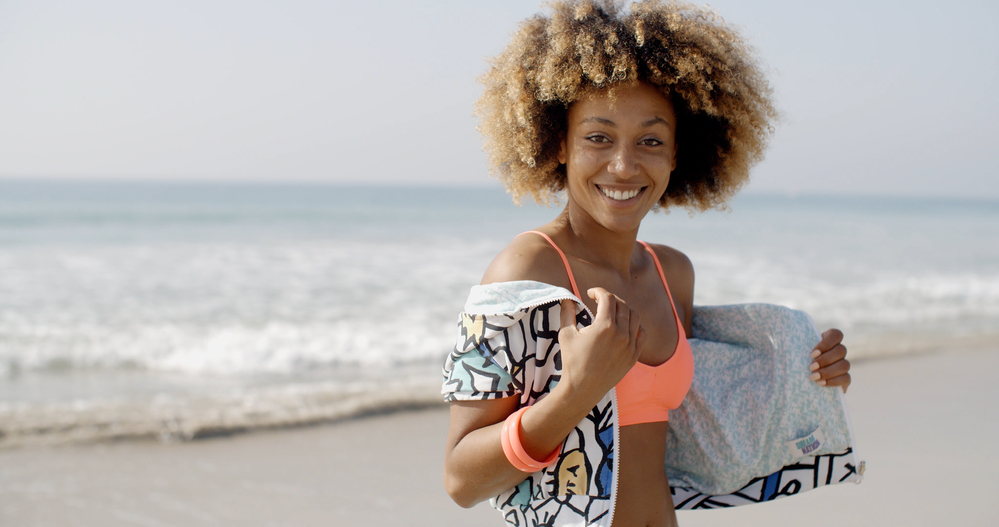
Fear of hair loss has always been a top concern in the natural hair community. Because of this, some naturals are hesitant about putting their hair through chemical treatment processes, such as bleaching.
Horror stories of people allegedly losing their hair due to bleaching have discouraged many from bleaching their hair. But does bleaching actually cause hair loss? This article will provide a definite answer to this question.
Table of Contents
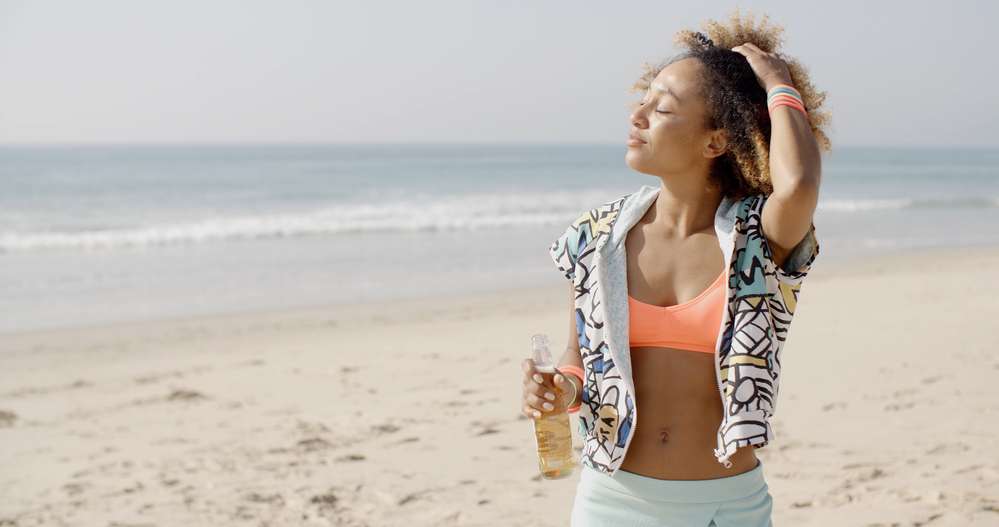
Will My Hair Fall Out If I Bleach It?
Unfortunately, bleaching can cause your hair to fall out. Bleaching can be a direct or indirect cause of hair loss. People who experience hair loss directly related to bleaching often lose their hair during or shortly after the bleaching process.
For instance, the hair may fall out while the bleach treatment is still on the hair, or it may begin shedding during styling. This type of hair loss is the most severe because the hair can fall out at the mid-lengths and even the roots.
On the other hand, hair loss indirectly linked to bleaching typically occurs after the bleaching process. The hair may begin to break off, split at the ends, and gradually thin out at the roots.
Whether hair loss is directly or indirectly caused by bleaching, knowing exactly how it happens is helpful. In the next section, we will explain in depth how hair bleaching causes permanent damage to your hair follicles and could result in your hair falling out.
How Bleach Causes Hair Loss
Review the list below to discover how bleach causes hair loss during and after the chemical treatment process.

Leaving the Bleach Treatment on Too Long
Leaving bleach on the hair too long is one of the quickest ways to lose your hair. This is due to how harsh hair bleach is on your curls. It lightens the hair's natural tones by breaking down the proteins and outer layers of the hair shaft.
Once the chemicals break through to the inner layers of the hair, they destroy the melanin, which gives the hair its natural color. But if the bleach is left on the hair too long, the harsh chemicals will burn up the entire hair shaft.
Most people run into trouble when leaving the bleach on their hair for more than 45 minutes. You certainly should never attempt to beach your hair back-to-back or twice in a short period of time.
Applying Bleach to Unhealthy Hair
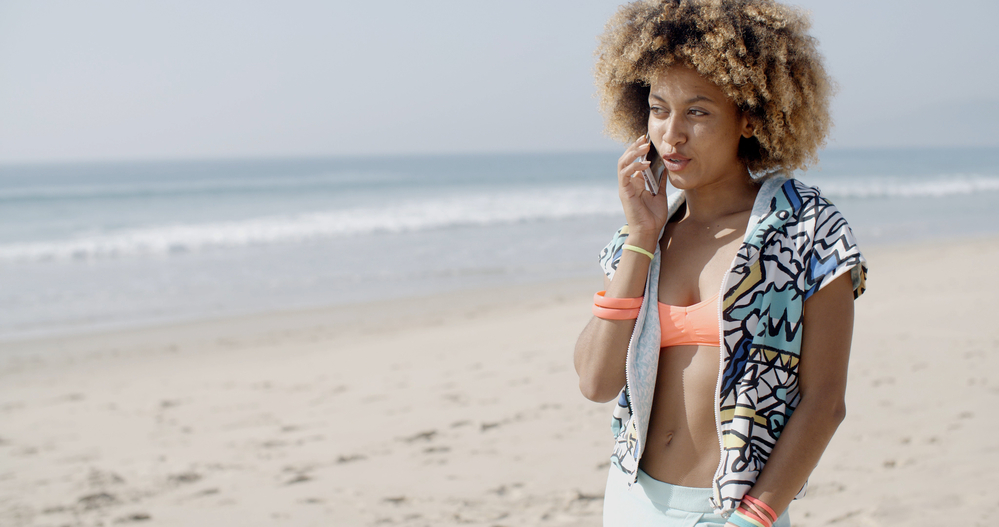
Applying bleach to unhealthy hair is a recipe for disaster. Unhealthy hair cannot withstand the harsh effects of bleaching chemicals, making hair loss almost certain. Unhealthy hair comes in various forms, and all contribute to indirect hair loss caused by bleaching:
- Excessive dryness is a sign of poor hair and scalp health and a precursor to hair loss from bleach. In dry hair, the protective layers of hair strands, namely the cuticles, may have already been compromised, and bleaching only leads to further damage.
- Thinning strands are another form of unhealthy hair that makes bleaching risky. Thinning strands are prone to hair breakage and shedding even without chemicals. So, adding bleach to the mix increases the chance of hair loss during and after the treatment process. During bleaching, hair strands break off if the chemicals are left on the hair too long. After bleaching, thin hair strands are likely too weak to last because the protective layers of the hair are destroyed.
- Split ends and breakage alone can lead to hair loss. But bleaching hair already in this condition will significantly accelerate hair loss. Hair that has split or broken off is unfit for bleaching because the hair's cuticle layer has already suffered damage, which will be exacerbated by the hydrogen peroxide and ammonia found in bleaching products.
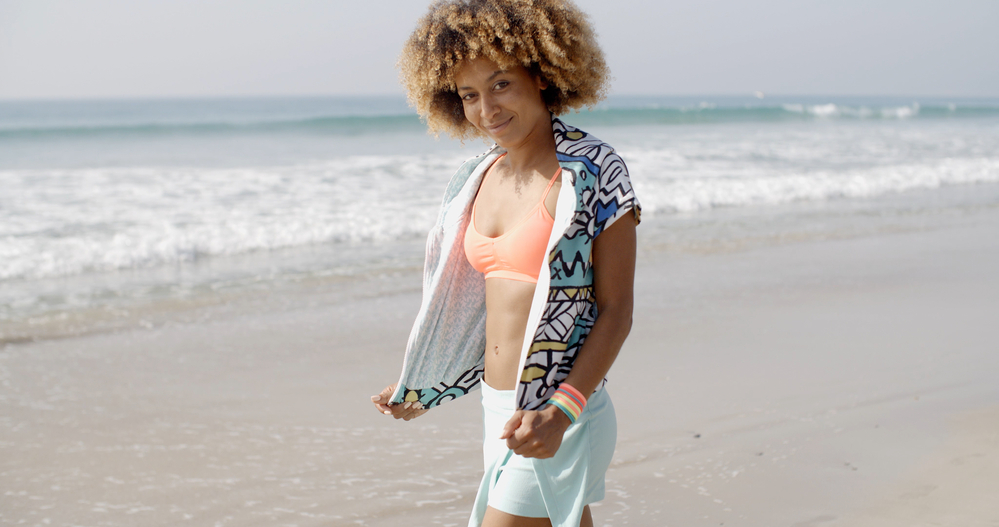
Using A Bleaching Product That Is Too Strong
Some people can be overzealous in bleaching their hair on their own. In trying to nail their desired color, they make the mistake of using a bleaching product that is too strong for their hair type (a strong bleach with a 40-volume developer, for example).
Using a bleaching formula that is too potent can instantly cause hair loss at the roots, mid-length, and ends.
Applying Too Much Heat During Bleaching
Heat is an accelerant that reinforces the effects of bleaching. After the bleach has been applied to the hair, heat is applied using a blow dryer or a hooded dryer. However, indirect hair loss can occur if heat is applied too long or at an unsafe temperature.
Applying Bleach to Chemically Treated Hair
There is such a thing as overkill when it comes to chemically treating the hair. Chemical treatments, including bleach, work by penetrating the hair shaft to create new textures, tones, or colors.
There will always be some lasting damage, no matter how strong the hair strands are before treatment (even of virgin hair). And applying bleach to hair that has recently been chemically treated with hair dyes, toners, perms, or relaxers can result in more damage and eventually hair loss.
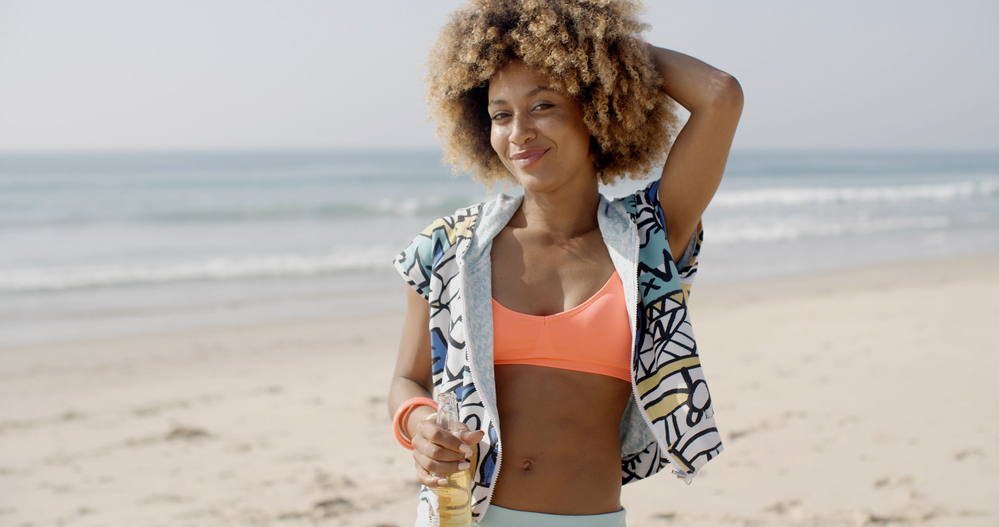
How to Prevent Hair Loss from Bleaching
Now that you know some of the leading causes of hair loss from bleaching, you’ll want to know how to stop it to avoid a botched bleach job. Use the tips below to find out how to prevent hair loss from bleaching.
Leave Bleach on Hair for the Recommended Time
Following your bleaching kit or stylist's instructions will save you a lot of headaches in the long run. These instructions ensure you get the best results from bleaching and protect your hair from damage.
To avoid hair loss, do not allow the bleach to sit on the hair any longer than the recommended time.
Losing track of time is easy, so set a timer to remind yourself when you should remove the bleach from your hair. As a rule of thumb, no bleaching formula should be left on the hair for longer than 45 minutes.
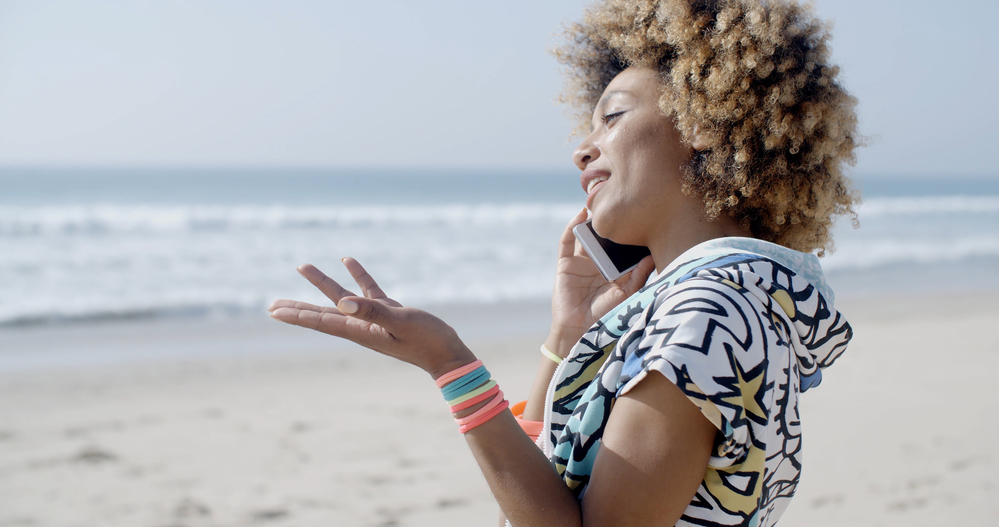
Only Bleach Healthy Hair
Going into a bleaching session with healthy hair will minimize hair loss afterward. Your hair doesn’t have to be in perfect condition to be fit for bleaching, but it shouldn’t be damaged to the point of possible breakage and hair loss.
With that being said, you’ll know your hair is healthy enough to be treated with bleach if it retains moisture well, has high elasticity, detangles easily, and sheds minimally.
Use the Correct Bleach for Your Hair Type
Using the correct bleach and developer combo for your hair type will prevent the chemical burns and damage that precede hair loss.
If you’re using an at-home bleaching kit, examine it to make sure it is compatible with your hair type and hair color goal. In addition, you can always contact a trusted colorist for advice on which bleach is best for your hair.
Rule Out Other Causes of Hair Loss
If you've experienced hair loss after bleaching, it would be wise to eliminate other possible causes. Below are common causes of hair loss.
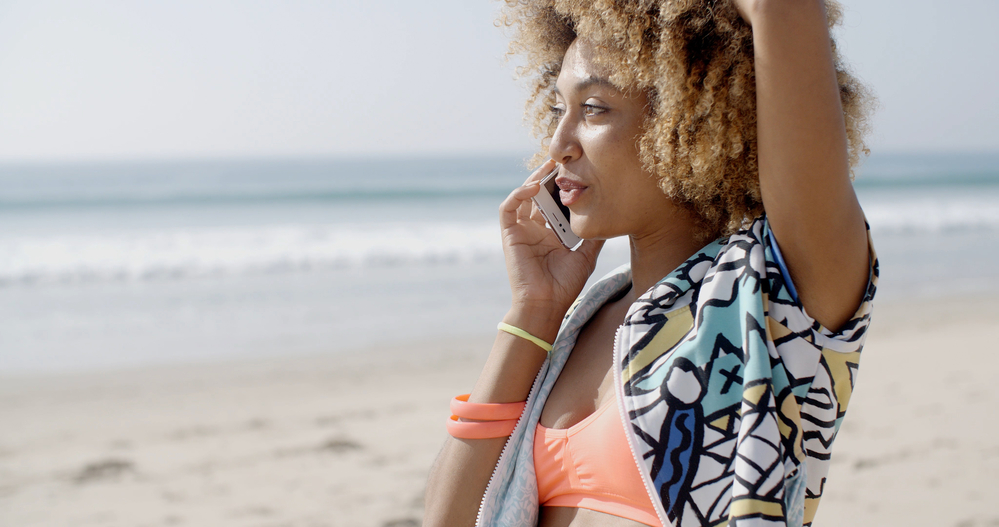
Androgenetic Alopecia
This hormone-induced alopecia is common in both men and women. It can begin at any time but is mainly seen after puberty. In men, hair tends to recede, starting at the hairline. In women, hair thins out all over the head.
Traction Alopecia
Traction alopecia is caused by tight hairstyles that pull hair strands beyond their limits. This form of alopecia results in baldness, thinning hair, and a receding hairline. Hairstyles such as buns, ponytails, and updos that pull hair tightly cause this alopecia.
Medications
Certain medications have side effects that cause the hair to thin out or break off completely from the roots. You should always consult with your physician to understand how your medication might impact the health of your hair.
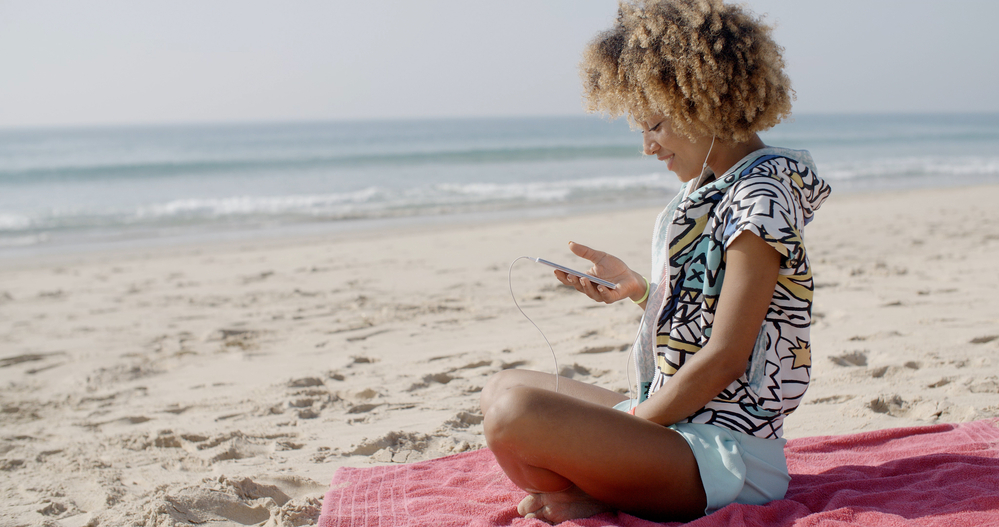
- How to Bleach Bath Hair To Lighten
- Does Bleaching Your Hair Damage It Forever?
- How Often Can You Bleach Your Hair Safely
- How to Slightly Darken Bleached Hair at Home
All in all, bleaching is a safe way to lighten the tone of your hair if it is done correctly. By following the tips outlined in this article, you will decrease your chances of hair loss during your next treatment. We hope this article helped address your concerns about bleaching-related hair loss.

